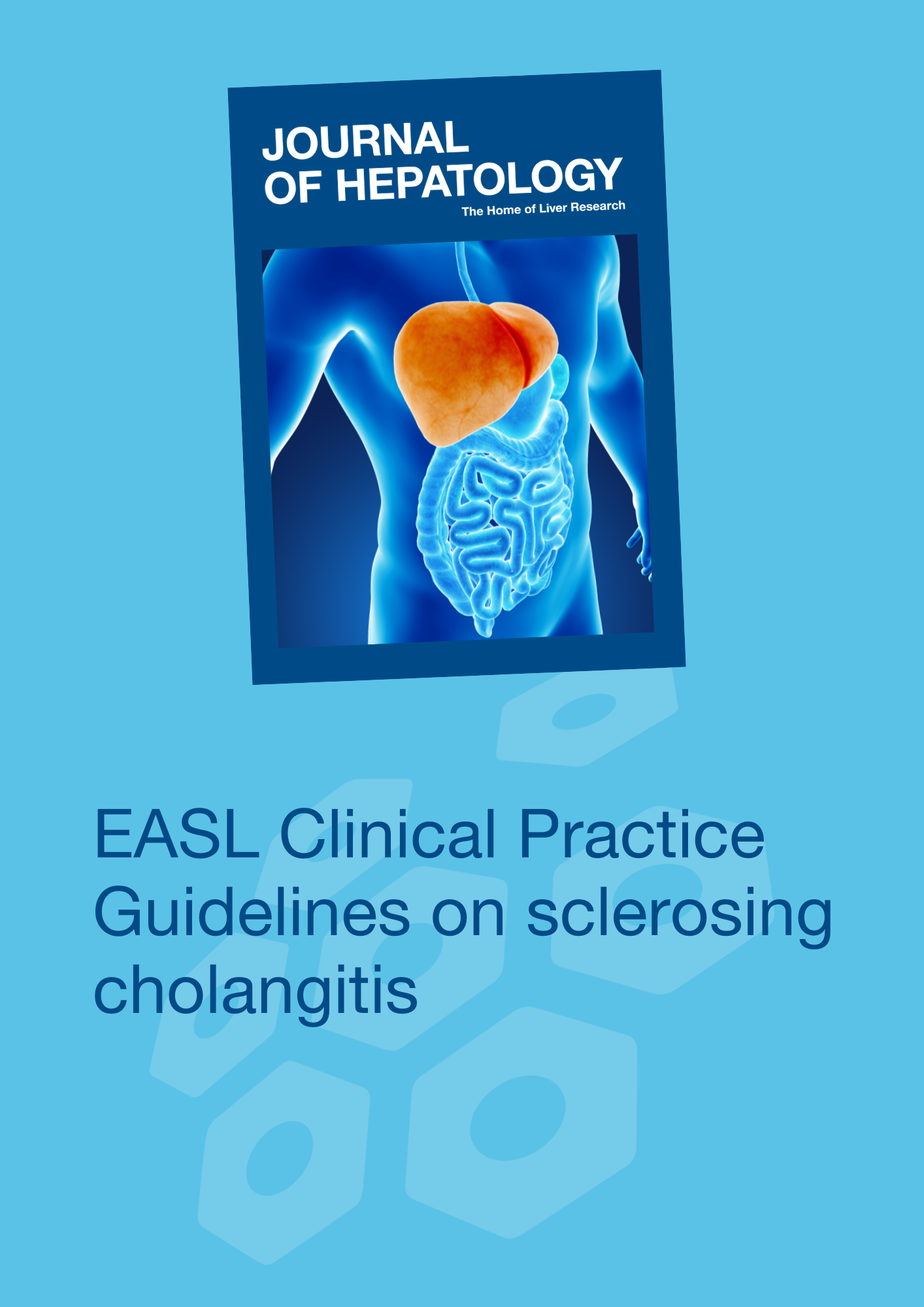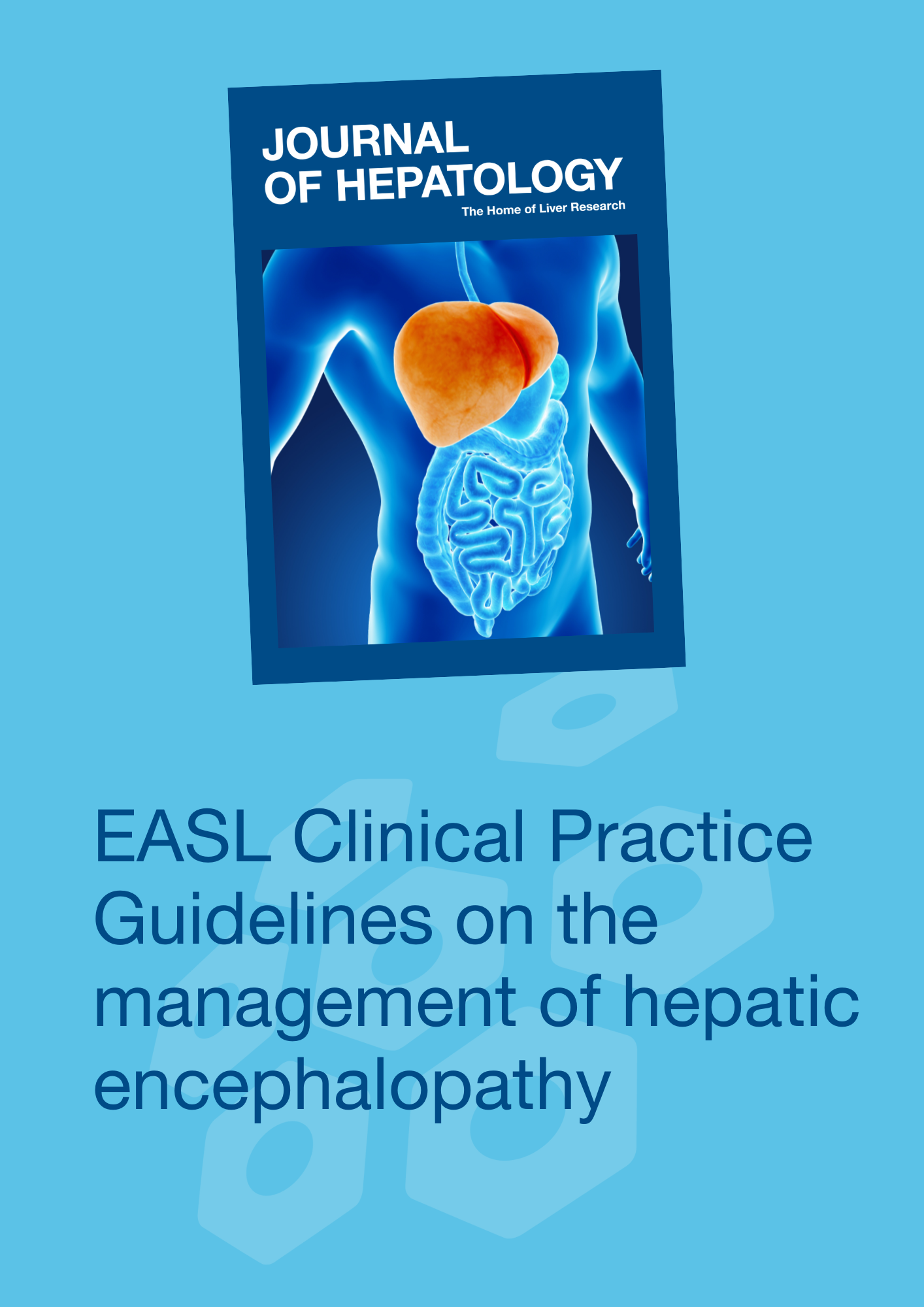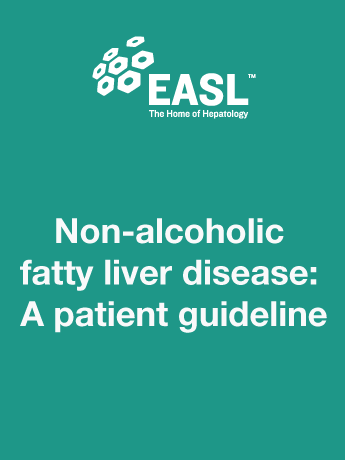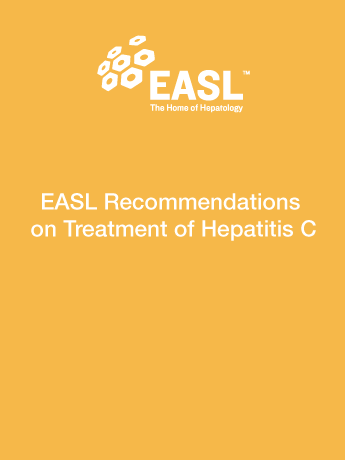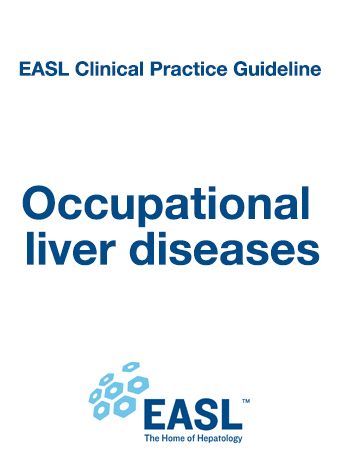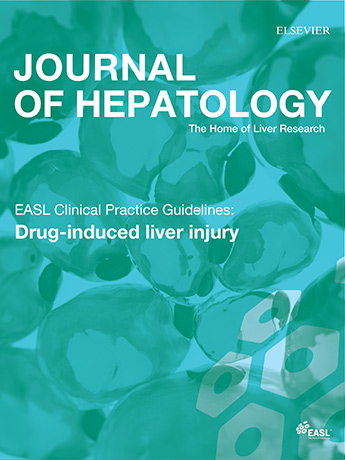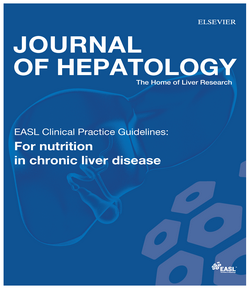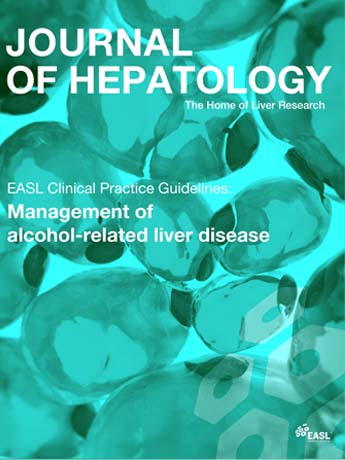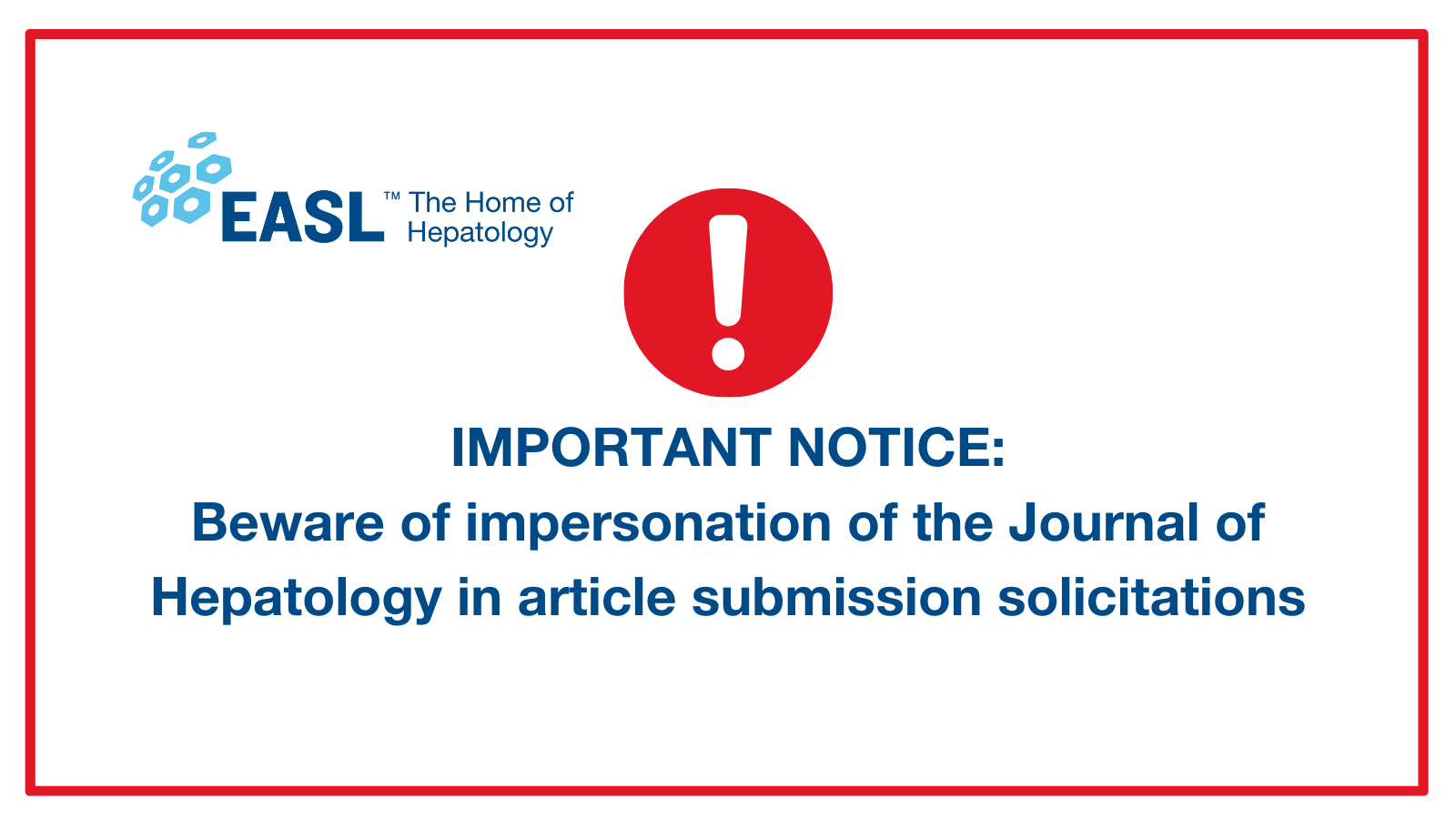EASL’s Clinical Practice Guidelines assist physicians, healthcare providers, patients and other interested parties in the clinical decision-making process. The EASL Guidelines present a range of state-of-the-art approaches for the diagnosis and treatment of liver diseases.
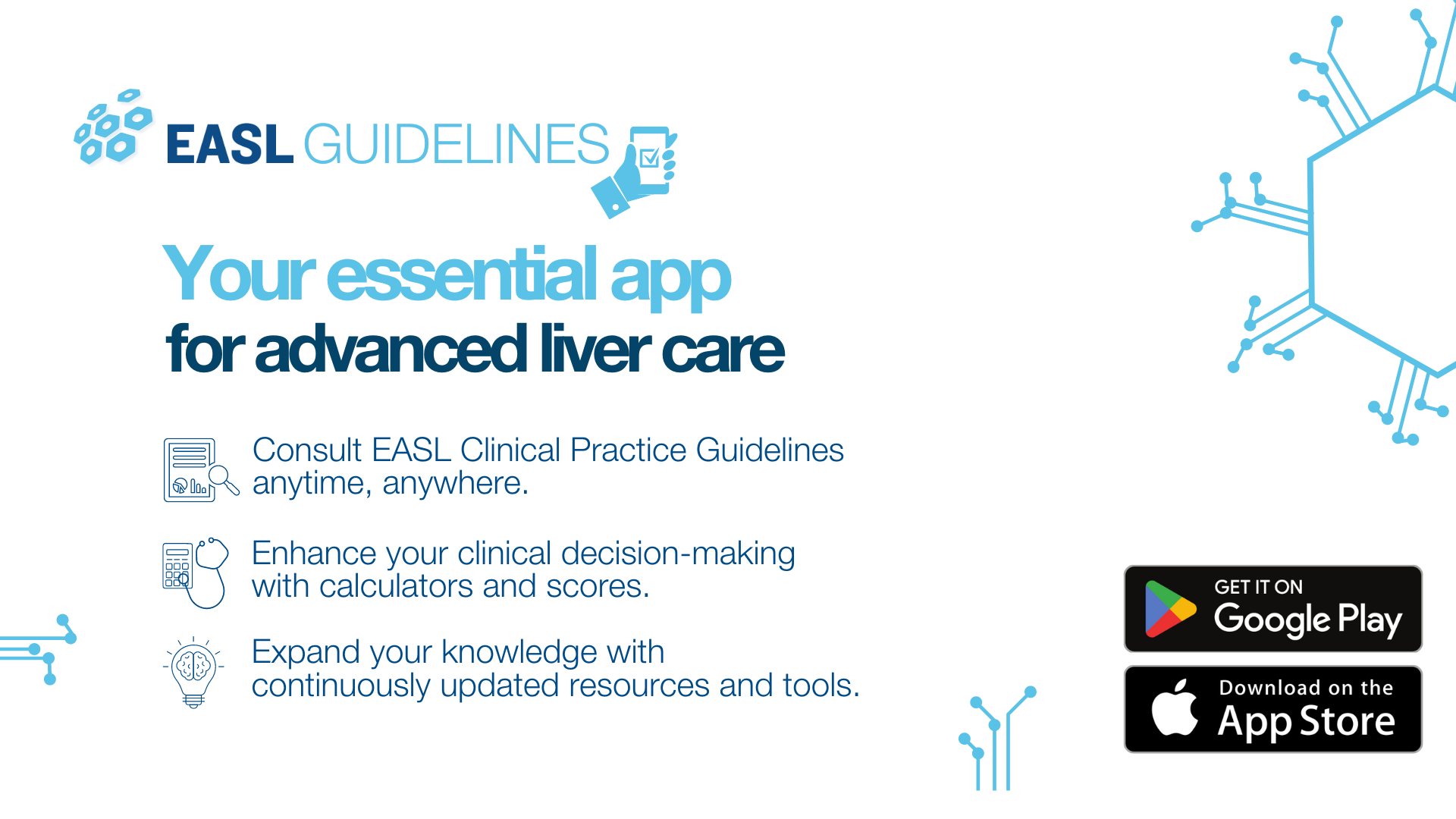
Management of primary or secondary sclerosing cholangitis is challenging. These Clinical Practice Guidelines have been developed to provide practical guidance on debated topics including diagnostic methods, prognostic assessment, early detection of complications, optimal care pathways and therapeutic (pharmacological, hamartomas, polycystic liver disease, Caroli disease, Caroli syndrome, biliary hamartomas and peribiliary cysts. On the basis of in-depth review of the relevant literature we provide recommendations to navigate clinical dilemmas followed by supporting text. The recommendations are graded according to the Oxford Centre for Evidence-Based Medicine system and categorised as ‘weak’ or ‘strong’. We aim to provide the best available evidence to aid the clinical decision-making process in the management of patients with cystic liver disease.
Read MoreThe EASL Clinical Practice Guidelines (CPGs) on the management of hepatic encephalopathy (HE) present evidence-based answers to a set of relevant questions (where possible, formulated in PICO [patient/population, intervention, comparison and outcomes] format) on the definition, diagnosis, differential diagnosis and treatment of HE. The document does not cover the pathophysiology of HE and does not cover all available treatment options. The methods through which it was developed and any information relevant to its interpretation are also provided EASL has addressed the topic of haemochromatosis in previous Clinical Practice Guidelines of 2010, also published in the Journal of Hepatology. This 2022 publication is a profound revision of the previous CPGs.
Read MoreHaemochromatosis is considered the commonest genetic disease in adults and affects ca. 1 in 1,000 Europeans. If untreated, haemochromatosis can cause fatigue, progress to cirrhosis, hepatocellular carcinoma, and joint disease. Early diagnosis and treatment can prevent these complications. In the light of recent progress in understanding the disease pathogenesis, and improvements in diagnosis, disease definitions had to be adjusted to appropriately to diagnose the disease, select patients for treatment and optimise treatment, counselling and follow up, which is all delivered in this new guideline. EASL has addressed the topic of haemochromatosis in previous Clinical Practice Guidelines of 2010, also published in the Journal of Hepatology. This 2022 publication is a profound revision of the previous CPGs.
Read MoreThis patient guideline is intended for all patients at risk of or living with non-alcoholic fatty liver disease (NAFLD). NAFLD is the most frequent chronic liver disease worldwide and comes with a high disease burden. Yet, there is a lot of unawareness. Furthermore, many aspects of the disease are still to be unravelled, which has an important impact on the information that is given (or not) to patients. Its management requires a close interaction between patients and their many healthcare providers. It is important for patients to develop a full understanding of NAFLD in order to enable them to take an active role in their disease management. This guide summarises the current knowledge relevant to NAFLD and its management. It has been developed by patients, patient representatives, clinicians and scientists and is based on current scientific recommendations, intended to support patients in making informed decisions.
Read MoreNon-invasive tests are increasingly being used to improve thediagnosis and prognostication of chronic liver diseases across aetiologies. Herein, we provide the latest update to the EASL Clinical Practice Guidelines on the use of non-invasive tests for the evaluation of liver disease severity and prognosis, focusing on the topics for which relevant evidence has been published in the last 5 years.
Read MoreThis final update of the EASL Recommendations on Treatment of Hepatitis C series is intended to assist physicians and other healthcare providers, as well as patients and other interested individuals, in the clinical decision-making process, by describing the current optimal management of patients with acute and chronic HCV infections.
Read MoreSummary A variety of chemicals have been linked to occupational liver diseases, including several solvents and mixtures thereof, pesticides, and metals. Workplace exposures have been associated with virtually the entire spectrum of acute and chronic liver diseases. However, their prevalence is inadequately quantified and their epidemiology limited. Occupational liver diseases may result from high accidental…
Read MoreThe focus of this EASL Guideline is idiosyncratic Drug-Induced Liver Injury (DILI). However, it is important to recognise that DILI is traditionally classified as intrinsic (or direct) vs. idiosyncratic. Intrinsic DILI is typically dose-related and occurs in a large proportion of individuals exposed to the drug (predictable) and onset is within a short time span (hours to days). Idiosyncratic DILI is usually not dose-related. Although a dose threshold of 50–100 mg/day is usually required. It occurs in only a small proportion of exposed individuals (unpredictable) and exhibits a variable latency to onset of days to weeks.
Read MoreThese EASL Guidelines for Clinical Practice review the present knowledge in the field of Nutrition in Chronic Liver Disease and promote further research on this topic. Screening, assessment and principles of nutritional management are examined, with recommendations provided in specific settings such as hepatic encephalopathy, cirrhotic patients with bone disease, patients undergoing liver surgery or transplantation and critically ill cirrhotic patients.
Read MoreThe harmful use of alcohol has been estimated to cause approximately 3.3 million deaths every year. Most importantly, this corresponds to nearly 6% of all deaths globally. Therefore, the effective treatment and Management of Alcohol-Related Liver Disease is a pertinent public health issue. In conclusion, the following EASL Clinical Practice Guideline reviews and provides the latest data on the treatment and Management of Alcohol-Related Liver Disease and updates recommendations for clinical management.
Read MoreThe first EASL Clinical Practice Guideline on treatment of hepatitis C was published in 1999. Since then, more than 30 EASL Guidelines on various liver diseases have been published. The EASL CPGs are extremely popular in Europe and beyond. Most importantly, they are a global reference for the current state-of-the-art on diagnosis and management of liver diseases. As consequence, the EASL Guidelines have been widely distributed. And not only by open-access publication in the Journal of Hepatology but also on the EASL website. Finally, for some EASL CPGs, dissemination of knowledge into derivatives of the guidelines (e.g. patient versions).
The Success of the EASL Clinical Practice Guidelines
One possible reason for the success of our guidelines is the streamlined process. This has allowed for a fast response and timely publication of clinical recommendations when there are new developments in a field. This was especially relevant for chronic HCV infection. The rapid development of treatment regimens has prompted the EASL Governing Board to commission regular updates of ‘‘HCV treatment recommendations”on an almost yearly basis since 2014. In 2019, EASL launched The first guideline for hepatitis B. Updated versions for the EASL guidelines for Hepatitis B followed in 2012 and 2017.
EASL acknowledgements
This responsive process of CPG development in almost all areas of hepatology has only been made possible by the commitment of a small team of 5–8 world-leading experts (the ‘‘CPG panel”) and the meticulous evaluation of the CPGs by three independent experts (at least one from outside Europe), as well as the EASL Governing Board. EASL is very grateful for the continuous and outstanding support provided by these experts from our community.


